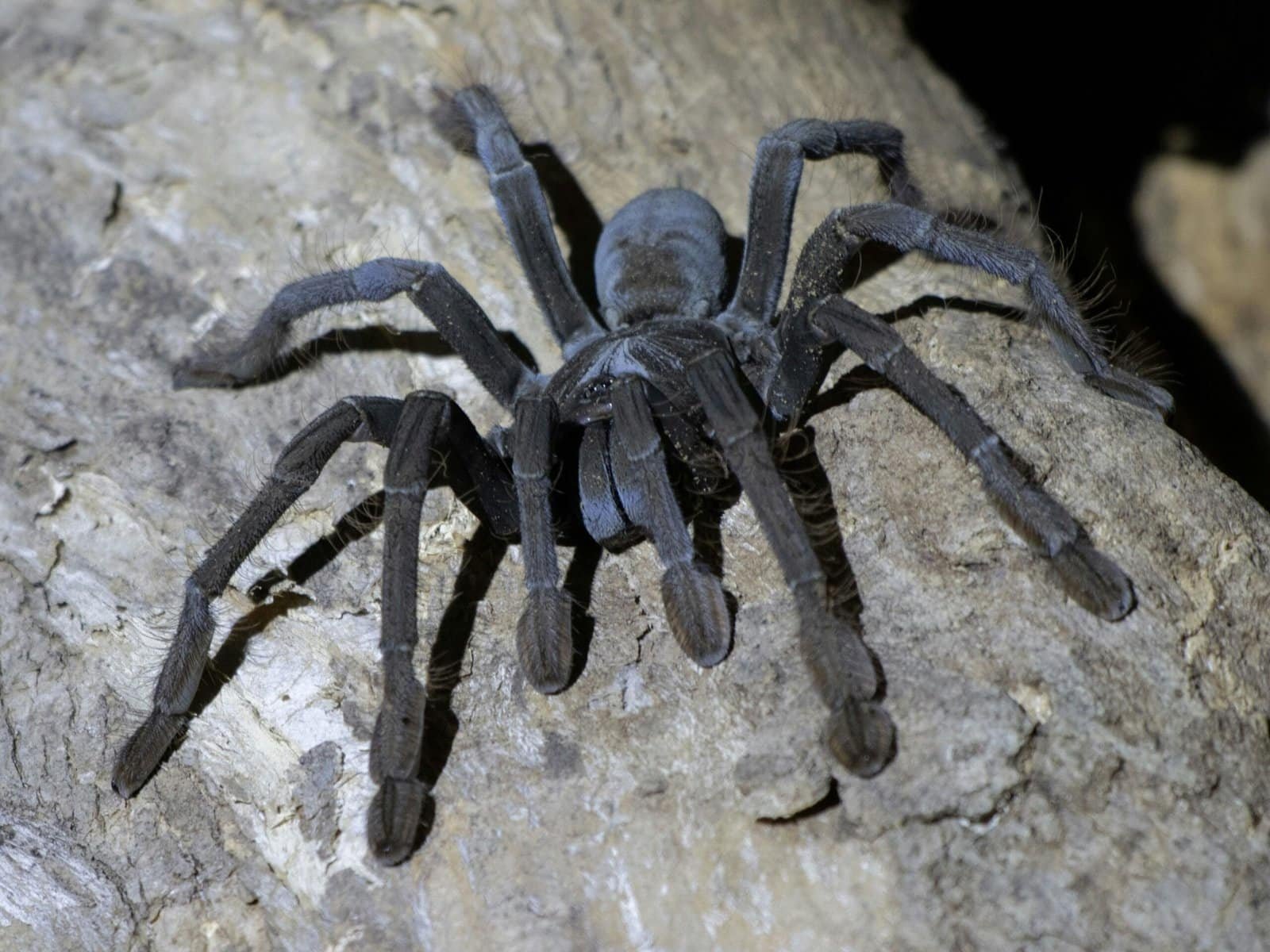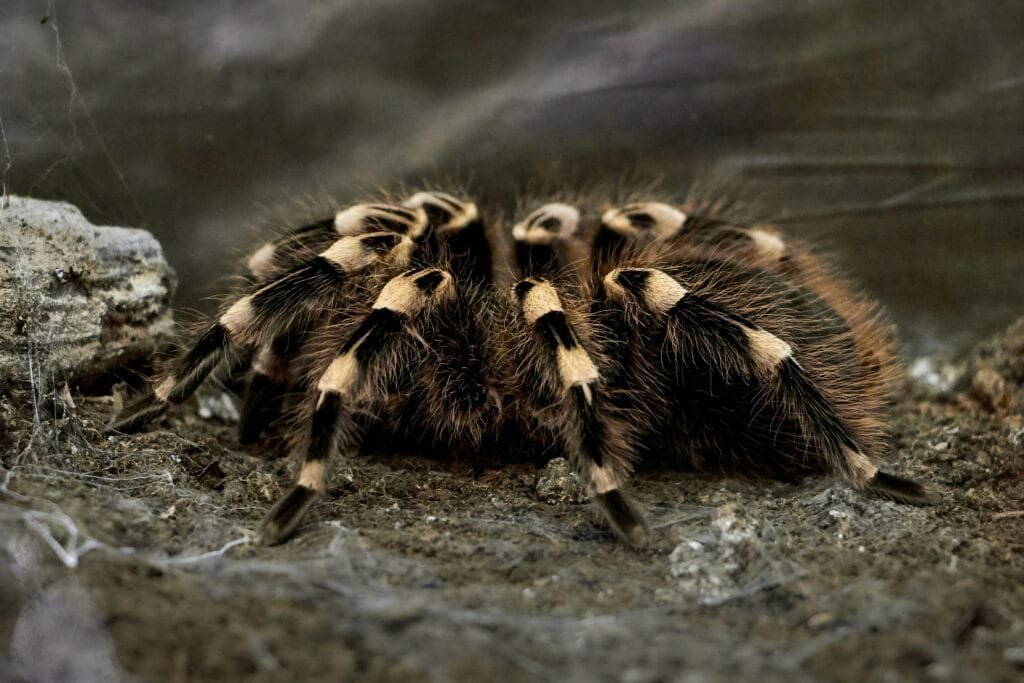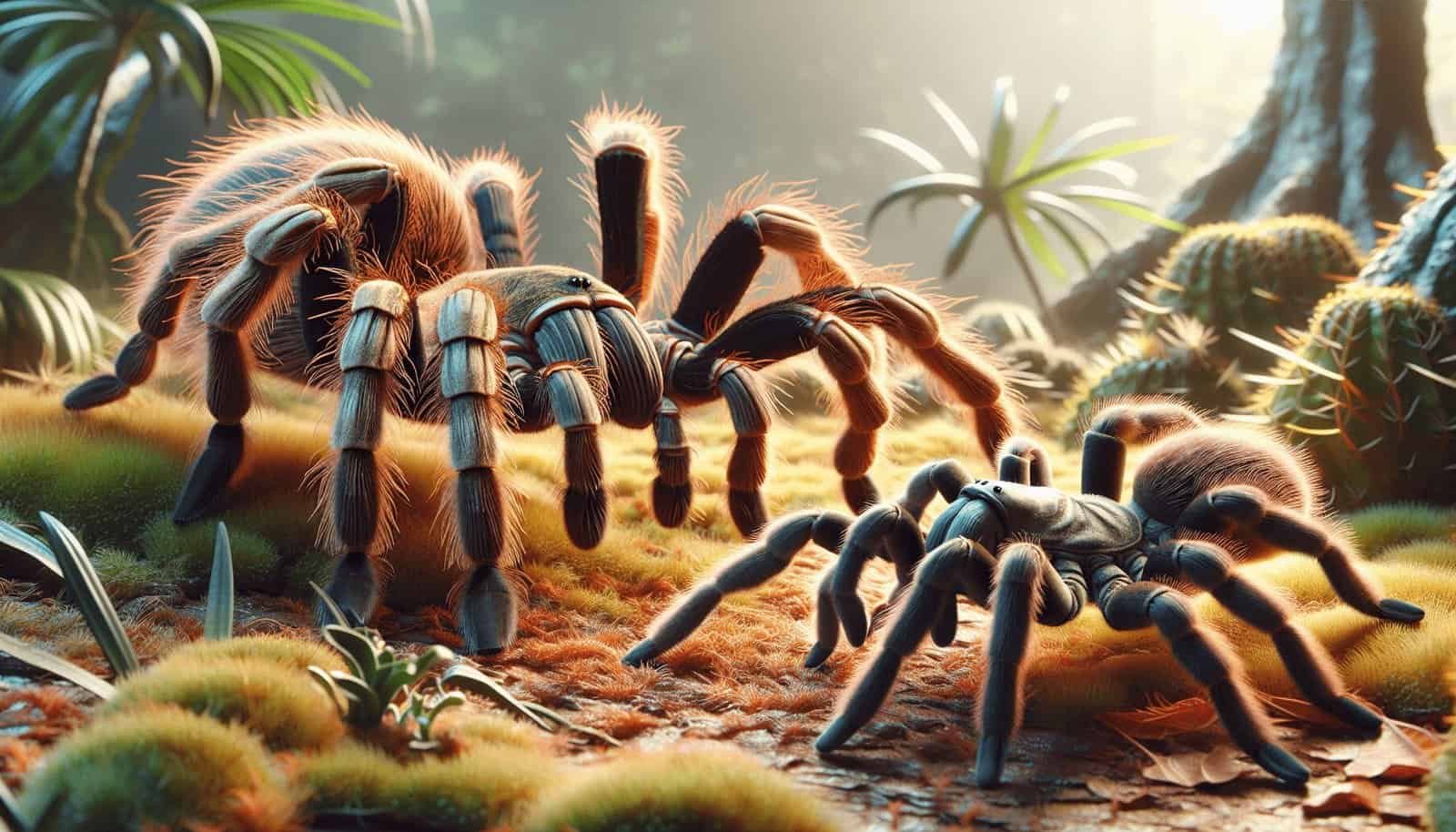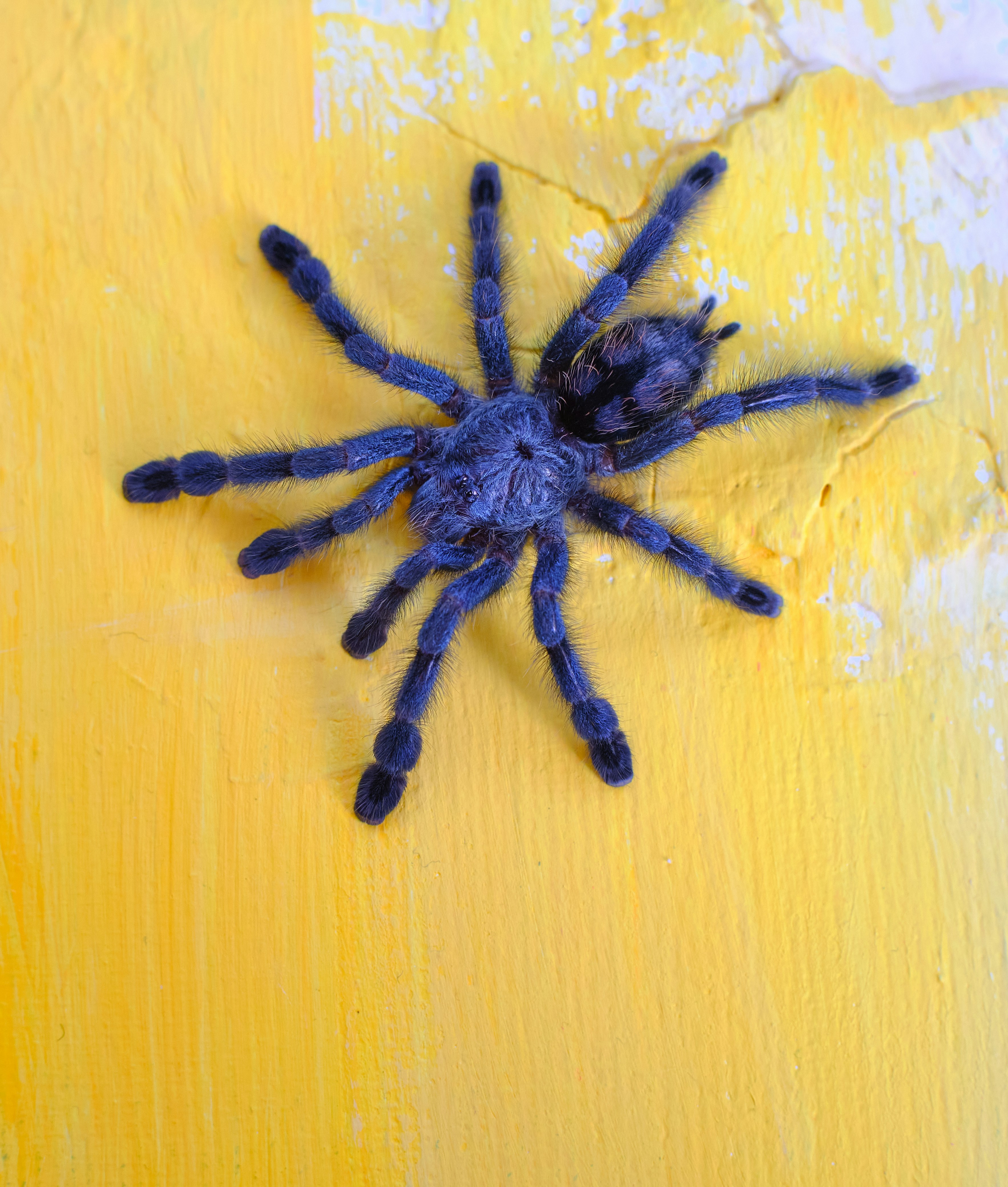Can tarantulas face threats from larger predatory arachnids like amblypygids? This question may have crossed your mind if you’re fascinated by the world of arachnids. Tarantulas are well-known giants within the spider kingdom, but could they be preyed upon by equally intimidating creatures like amblypygids? Let’s dive into this intriguing topic and explore if larger predatory arachnids pose a significant threat to tarantulas.
Understanding Tarantulas
Anatomy and Characteristics
Tarantulas are among the largest spiders in the Arachnid class. Known for their imposing size and hairy bodies, tarantulas can be found in a wide range of environments, from tropical rainforests to arid deserts. Their primary tools for hunting and defense are their powerful fangs, known as chelicerae, and their ability to produce silk.
Behavior and Habits
Tarantulas are generally solitary creatures. They often dwell in burrows and come out to hunt primarily at night. Their diet consists mostly of insects, but larger species can take down small vertebrates, including lizards and birds. Despite their fearsome appearance, tarantulas are known for their relatively docile nature and rarely pose a threat to humans.
Predators and Threats
While tarantulas are formidable hunters, they do have their own set of natural enemies. Birds, mammals, and even some reptiles are known to prey on them. But what about other arachnids? Here, our focus shifts to amblypygids, often referred to as whip spiders or tailless whip scorpions.
Amblypygids: The Other Predatory Arachnid
Anatomy and Characteristics
Amblypygids might not be as well-known as tarantulas, but they are equally fascinating. These arachnids are characterized by their broad, flat bodies and extremely long front legs, which they use as feelers to navigate their environment. Despite their name, whip spiders are not true spiders; they belong to a distinct order known as Amblypygi.
Behavior and Habits
Amblypygids are nocturnal and prefer humid environments like caves and under logs. They use their elongated legs to sense vibrations and locate prey, which consists mainly of insects and other small arthropods. Unlike tarantulas, amblypygids don’t produce silk and have a more aggressive hunting style.
Predators and Threats
Similar to tarantulas, amblypygids have their own set of predators, including birds and larger mammals. They rely on their speed and agility to escape threats. Given their predatory nature, could they realistically pose a threat to tarantulas?
Encounter Analysis: Tarantulas vs. Amblypygids
Habitat Overlap
Both tarantulas and amblypygids are found in overlapping habitats, particularly in tropical and subtropical regions. This geographical overlap increases the likelihood of encounters between these two types of arachnids. But does sharing the same habitat mean they are likely to engage in predator-prey dynamics?
Size and Strength Comparison
To understand if tarantulas face threats from amblypygids, a size and strength comparison is crucial.
| Feature | Tarantulas | Amblypygids |
|---|---|---|
| Average Size | 3-12 inches (Leg Span) | 4-10 inches (Leg Span) |
| Weight | Up to 3 ounces | Generally lighter |
| Main Weapons | Fangs (Chelicerae) | Pincers/Fangs |
| Defensive Mechanisms | Hair Flicking, Bites | Speed, Pincers |
From this comparison, it’s clear that both tarantulas and amblypygids have their own unique strengths. However, in direct combat, the sheer size and powerful fangs of tarantulas give them an advantage.
Behavioral Tendencies
Tarantulas and amblypygids also differ significantly in their behavior. While tarantulas rely on stealth and power, amblypygids use their speed and sensory capabilities to their advantage. This difference in hunting and defensive mechanisms means that direct encounters may not always lead to a fight. More often than not, both creatures would likely avoid confrontation if possible.
Scientific Studies and Observations
Case Studies
Several scientific studies and anecdotal observations have looked into interactions between tarantulas and amblypygids. Most evidence suggests that such encounters are rare and do not usually result in predation. For instance, a study found that both arachnids tend to avoid each other and maintain territories.
Expert Opinions
Arachnologists often emphasize that while both tarantulas and amblypygids are formidable in their own right, they seldom see each other as prey or threats. The general consensus is that the ecological niches these two creatures occupy minimize direct conflict.
Real-World Examples
There have been scarce documented instances of amblypygids preying on juvenile or smaller tarantulas. However, these cases are exceptions rather than the rule. The overwhelming majority of interactions are neutral or involve avoidance behaviors.

Factors Influencing Interactions
Environmental Conditions
The likelihood of interaction between tarantulas and amblypygids can be influenced by specific environmental conditions. For example, food scarcity could drive these arachnids to be more aggressive or opportunistic, increasing the chance of predator-prey dynamics.
Size and Age
Juvenile tarantulas are more vulnerable and could potentially be at risk from larger amblypygids. Conversely, an adult tarantula is generally more capable of defending itself and would likely repel most amblypygid attacks.
Human Intervention
Captive environments, such as terrariums, can artificially increase the chances of interaction between tarantulas and amblypygids. In such controlled settings, observing their behavior can offer deeper insights into how they coexist in the wild.
Coexistence Strategies
Natural Avoidance
Both tarantulas and amblypygids have evolved to naturally avoid each other. This behavior minimizes dangerous encounters and promotes coexistence within their shared habitats.
Mutual Benefits
Interestingly, some studies suggest that both species can indirectly benefit from each other’s presence. For instance, the burrows created by tarantulas can offer amblypygids a safe hiding place, while tarantulas might benefit from the reduction in smaller prey due to amblypygid hunting.
Controlled Interactions
In captivity, it’s advisable to house these arachnids separately to prevent stress or potential harm. If you’re an enthusiast keen on observing both species, creating a divided habitat can offer a safe way to study their behaviors.

Potential Benefits of Study
Biodiversity and Ecosystem Health
Understanding how tarantulas and amblypygids interact can offer valuable insights into biodiversity and ecosystem health. This knowledge can help in conservation efforts, ensuring that both species thrive in their natural habitats.
Behavioral Insights
Studying these interactions can also shed light on arachnid behaviors, offering a deeper understanding of their survival strategies. This information can be invaluable for arachnologists and enthusiasts alike.
Educational Value
By learning about the potential interactions between tarantulas and amblypygids, you can enrich your knowledge and appreciation for these fascinating creatures. Whether you’re an aspiring scientist or a hobbyist, delving into this topic can be incredibly rewarding.
Conclusion
So, can tarantulas face threats from larger predatory arachnids like amblypygids? The answer is nuanced. While it’s theoretically possible, the reality is that such interactions are rare and usually non-threatening. The impressive size and strength of tarantulas often serve as a deterrent, while the speed and agility of amblypygids help them avoid confrontation.
Both species have evolved unique adaptations that allow them to coexist in shared habitats, minimizing direct conflict. Understanding these dynamics not only satisfies our curiosity but also contributes to broader ecological knowledge. Whether you’re a seasoned arachnid enthusiast or someone just starting to explore the fascinating world of spiders and their relatives, the interaction between tarantulas and amblypygids offers a captivating subject worth investigating.
Thank you for taking the time to read about this enthralling topic. Your questions and curiosity undoubtedly play a pivotal role in fostering a greater appreciation for the natural world. So, the next time you come across a tarantula or an amblypygid, you’ll have a richer understanding of their intricate lives and potential interactions.


